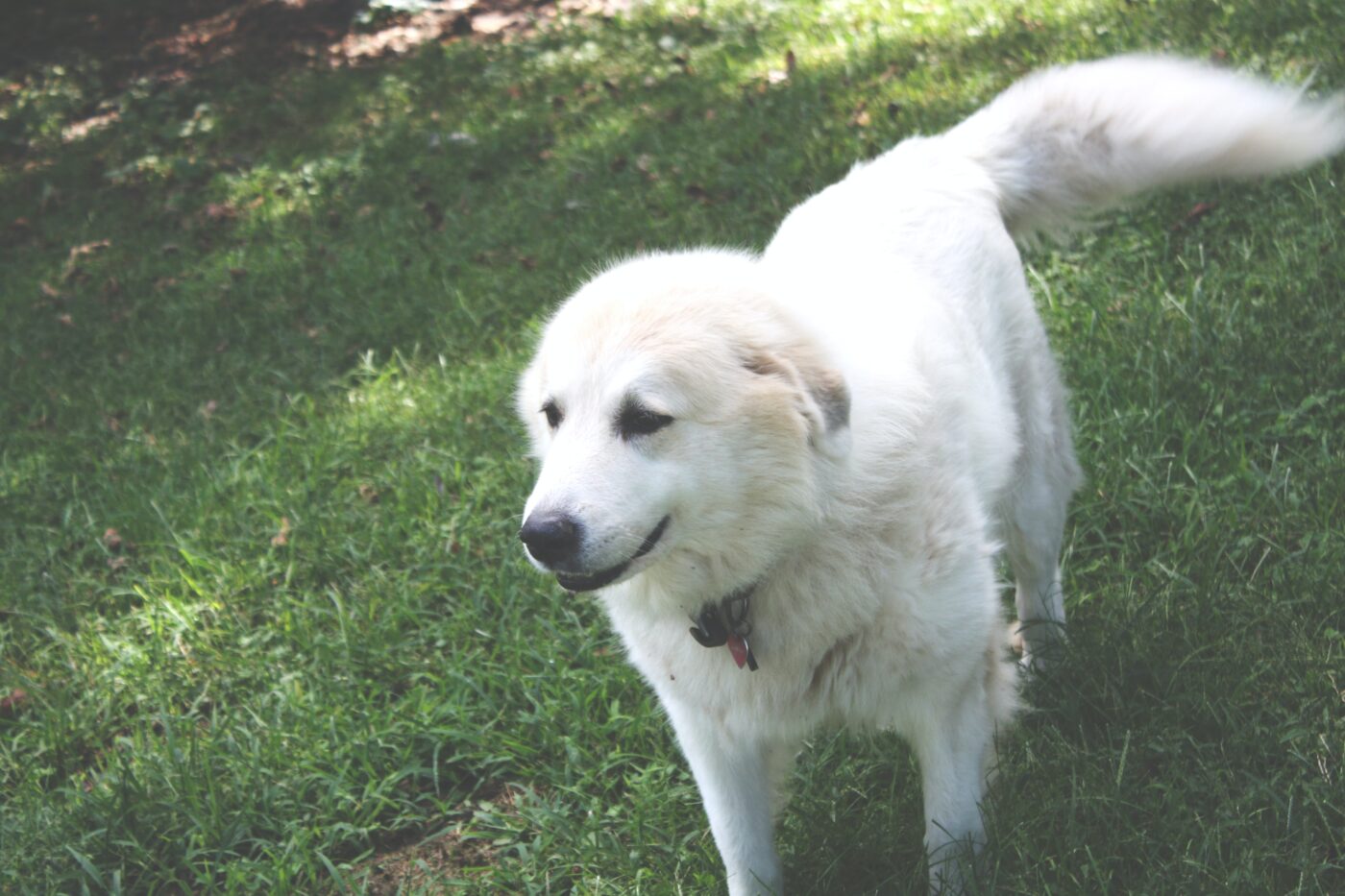 Shutterstock
Shutterstock
Throughout history, dogs have been bred for a wide array of purposes, many of which go far beyond the roles we typically associate with them today. While we often think of certain breeds as companion animals or working dogs, their origins tell fascinating stories of unique and surprising jobs. From hunting badgers to guarding monasteries, these dog breeds were carefully selected and trained for tasks that might surprise you. In this list, we’ll explore the unexpected jobs that shaped the behaviors and traits of these beloved breeds, showcasing just how versatile and indispensable dogs have been to humans throughout the ages.
Dachshunds – Originally bred to hunt badgers.
 Shutterstock
Shutterstock
Dachshunds, with their long bodies and short legs, were specifically bred in Germany for a surprising and specialized job—hunting badgers. Their name literally translates to “badger dog” in German. Their compact, sturdy build allowed them to burrow into narrow tunnels and flush out badgers, rabbits, and other small game from underground dens. The breed’s courage and determination made them highly effective hunters, capable of pursuing aggressive prey in confined spaces. Despite their small size, Dachshunds were fearless and tenacious, traits that remain a hallmark of the breed today. While they are now beloved family pets, their origins as skilled badger hunters highlight their surprising strength and resilience.
Newfoundlands – Used as water rescue dogs.
 Shutterstock
Shutterstock
Newfoundlands, known for their massive size and gentle nature, were originally bred with a specific and lifesaving purpose in mind: water rescue. These powerful dogs, hailing from the island of Newfoundland, Canada, were developed to assist fishermen and rescue shipwrecked sailors. Their thick, water-resistant coats, webbed feet, and exceptional swimming abilities made them natural lifeguards in the rough, icy waters of the North Atlantic. Newfoundlands were often sent into the sea to tow lifeboats or rescue individuals who had fallen overboard. Even today, their innate ability to swim and their calm demeanor make them exceptional water rescue dogs, earning them a lasting legacy as lifesavers in the canine world.
Dalmatian – Historically trained as carriage dogs.
 Shutterstock
Shutterstock
Dalmatians, with their distinctive spotted coats, are often associated with firehouses, but their original role was quite different. Historically, Dalmatians were trained as carriage dogs, a job that required them to run alongside horse-drawn carriages. Their job wasn’t just for show—they were responsible for guarding the horses and the carriage, keeping them calm and protecting them from thieves or stray animals during long journeys. Dalmatians’ natural endurance, agility, and protective instincts made them ideal for this role. Their close relationship with horses led to their later association with firehouses, where they would accompany horse-drawn fire trucks to blazes, further solidifying their reputation as trusted and loyal companions in transportation and protection.
Poodles – Initially bred as water retrievers.
 Shutterstock
Shutterstock
Poodles, often recognized for their stylish, curly coats and elegance, were originally bred for a very different role—as water retrievers. Developed in Germany, these dogs were tasked with retrieving game from lakes, rivers, and marshes during hunting expeditions. Their curly, water-resistant coats protected them from the cold water, while their sharp intelligence and strong swimming ability made them highly efficient at this job. Even the iconic “poodle cut” had a practical purpose, with the trimmed areas allowing for ease of movement in the water and the longer fur protecting vital organs from the cold. Despite their modern association with luxury and show rings, Poodles were first and foremost working dogs, prized for their athleticism and reliability in retrieving waterfowl for hunters.
Chihuahuas – Once used as tiny watchdogs.
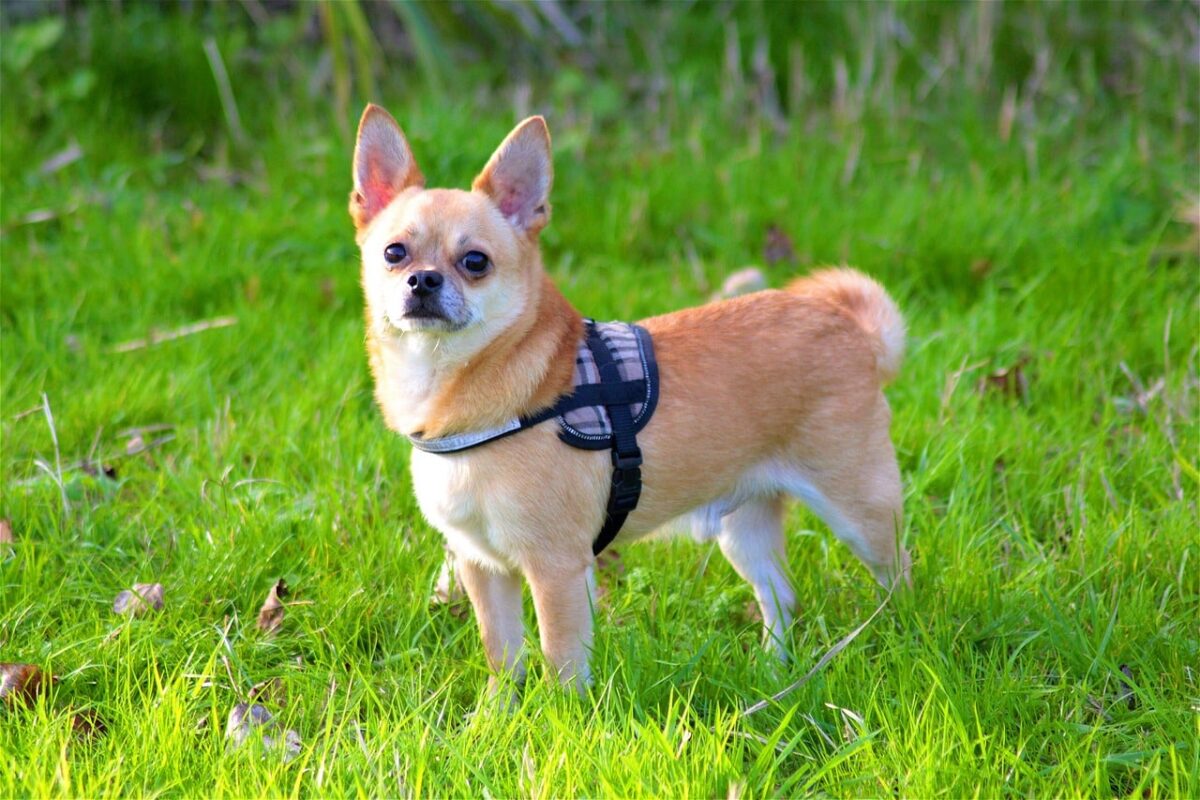 Shutterstock
Shutterstock
Chihuahuas, one of the smallest dog breeds in the world, were not always the pampered lap dogs we know today. In ancient times, they played a very different role as tiny but vigilant watchdogs for Toltec royalty in Mexico. These small but alert dogs were highly valued as companions, providing warmth and protection to their owners. Despite their size, Chihuahuas were believed to ward off intruders or alert their human counterparts to potential threats with their sharp senses and loud barks. Revered by the Toltec civilization and later by the Aztecs, Chihuahuas carried an aura of nobility and spiritual significance, believed to offer guidance and protection even in the afterlife. Today, their loyal and spirited personalities still echo their ancient role as protective companions.
Great Pyrenees – Bred to guard livestock.
 Shutterstock
Shutterstock
The Great Pyrenees, with its majestic and imposing presence, was originally bred to guard livestock in the rugged mountainous regions of the Pyrenees, a range between France and Spain. These dogs were specifically developed to work independently, often spending long stretches of time alone with their flock. Their keen instincts, unwavering loyalty, and protective nature made them the perfect guardians against predators such as wolves and bears. The breed’s thick, weather-resistant coat helped them endure harsh mountain climates, while their calm yet vigilant demeanor allowed them to sense danger from afar. Despite their gentle nature with people and livestock, Great Pyrenees are known for their fierce determination when defending their charges, ensuring the safety of the flock in remote, challenging environments. Even today, they retain their strong protective instincts, making them excellent guardians and companions.
Schipperkes – Employed on ships to hunt vermin.
 Shutterstock
Shutterstock
Schipperkes, small yet spirited dogs, were originally bred in Belgium for a very specific and unexpected job—working aboard ships as vermin hunters and cargo guardians. Their name, derived from the Flemish word for “little captain,” reflects their close association with boatmen who valued them for their ability to keep ships free of rats and other pests. Despite their small size, Schipperkes were known for their boldness and tenacity, diligently protecting cargo and keeping it safe from thieves. Their agility and sharp senses made them excellent watchdogs, alerting the crew to any suspicious activity. Today, Schipperkes are beloved for their lively personalities, but their origins as hardworking ship companions highlight their role as tough, reliable protectors in the maritime world.
Lhasa Apsos – Bred to guard Buddhist monasteries.
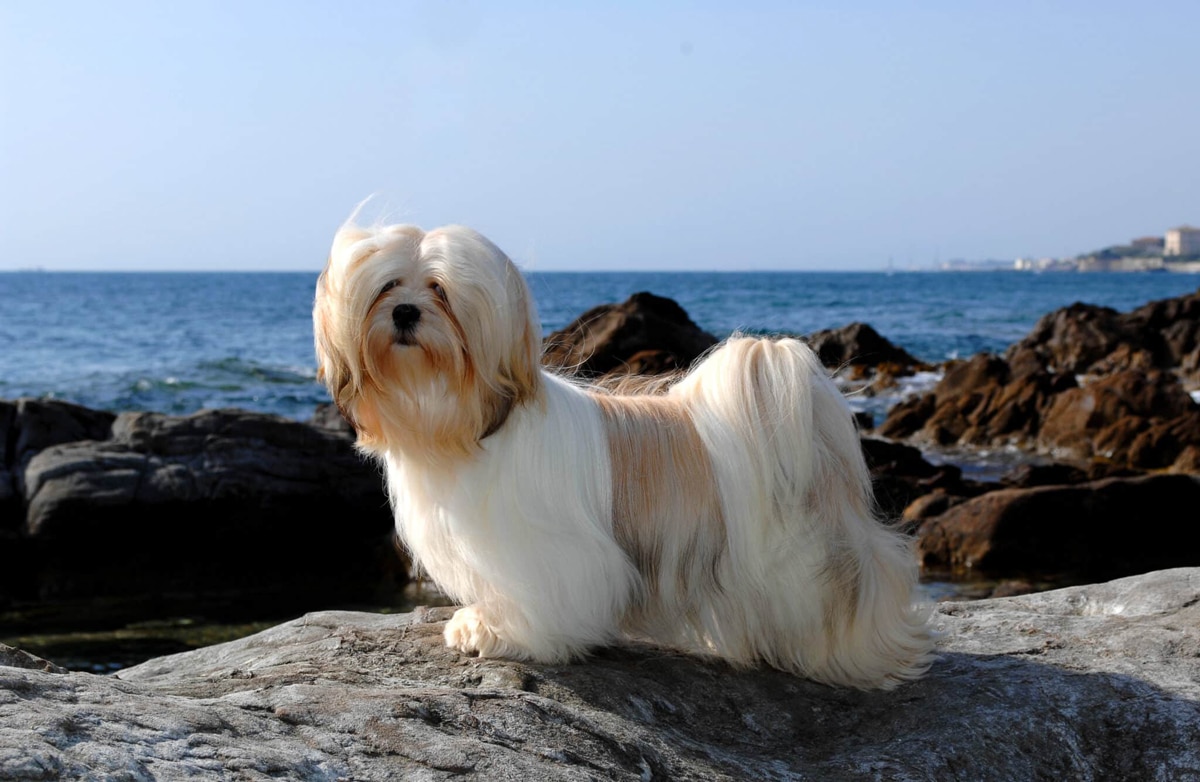 Shutterstock
Shutterstock
Lhasa Apsos, small yet sturdy dogs, were originally bred in Tibet to serve as guardians of Buddhist monasteries. Despite their size, these dogs were highly valued for their keen senses and alert nature, making them exceptional watchdogs. Lhasa Apsos were placed inside monasteries and palaces, where they would serve as the first line of defense, alerting monks to any potential intruders or disturbances. Their long, dense coats helped protect them from the harsh mountain climate, while their confident, independent personalities made them vigilant and fearless. Revered as sacred dogs, they were believed to bring good luck and protection. Though now commonly seen as companion pets, Lhasa Apsos retain the noble and protective traits that once made them prized guardians in the holy halls of Tibet.
Beagles – Skilled in detecting contraband.
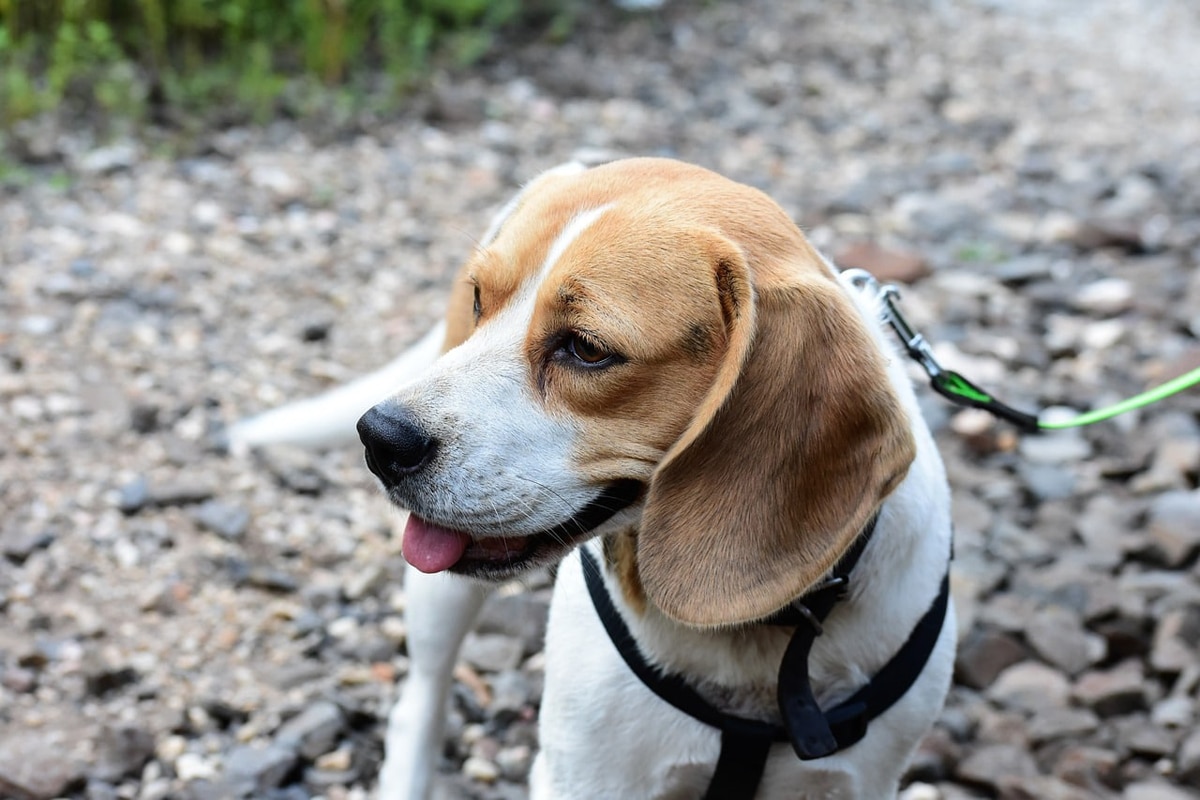 Shutterstock
Shutterstock
Beagles, often recognized as energetic hunting dogs, have a talent that goes beyond tracking game in the field—their incredible sense of smell makes them highly effective at detecting contraband. Originally bred to hunt small game like rabbits, their powerful noses have made them invaluable in modern times for sniffing out illegal substances, food, and other smuggled items in airports and border patrols. Known for their persistence and determination, Beagles have been employed by customs agencies around the world to detect everything from drugs to agricultural products that might pose a threat to biosecurity. Their acute olfactory abilities, combined with their friendly and non-threatening demeanor, make them ideal for the job, ensuring that they can work closely with people while maintaining a strong focus on their task. Beagles, once hunters of the forest, now play a key role in keeping borders secure.
Boxers – Originally bred for bull-baiting.
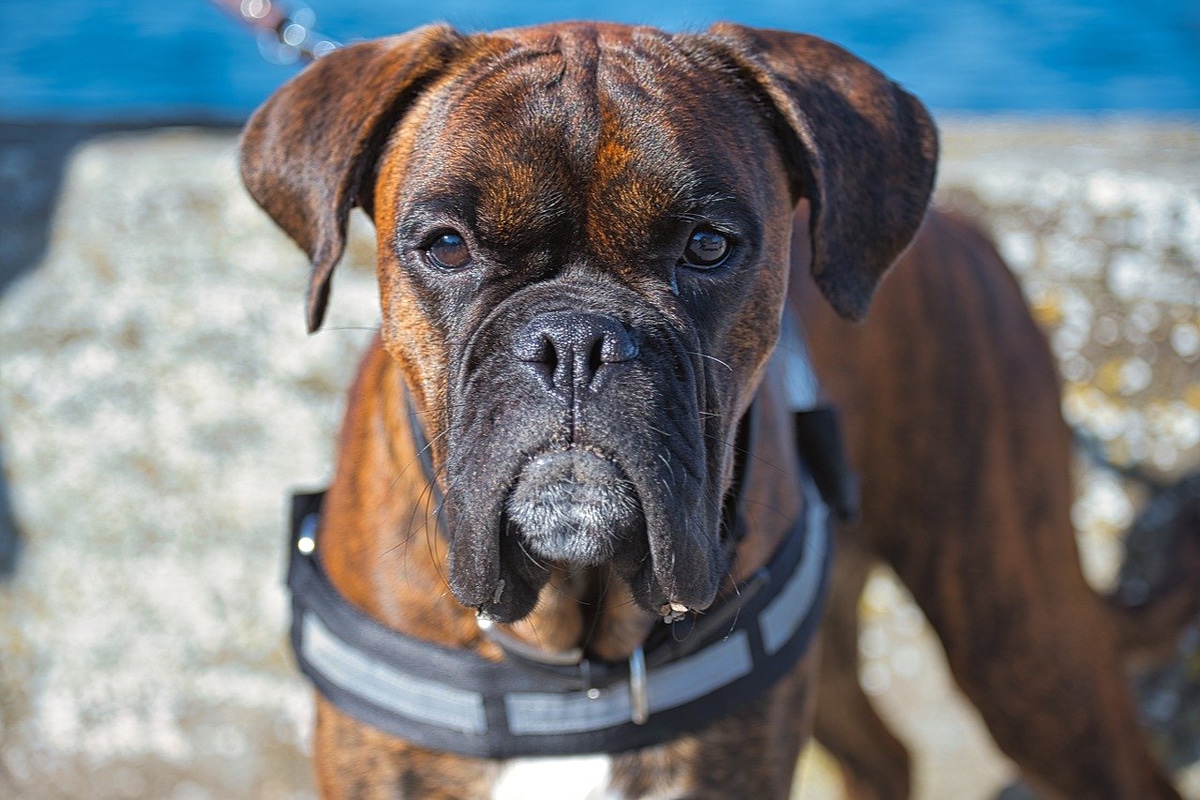 Shutterstock
Shutterstock
Boxers, with their muscular build and energetic personality, were originally bred in Germany for the brutal sport of bull-baiting. Their strength, agility, and tenacity made them well-suited for controlling large animals like bulls. However, as bull-baiting was outlawed, Boxers transitioned to other roles, becoming highly versatile working dogs. Their intelligence and loyalty led them to be trained as military and police dogs, excelling in tasks such as guarding, tracking, and even serving as messengers during wartime. During World War I and II, Boxers were employed by the military for their reliability and resilience in difficult situations. Today, they are known for their friendly, protective nature and are often seen as loving family pets, but their legacy as tough, hard-working dogs remains a key part of their history.
Saint Bernards – Famous for their role in alpine rescues.
 Shutterstock
Shutterstock
Saint Bernards, known for their massive size and gentle nature, have earned legendary status for their life-saving work in alpine rescues. Bred by monks in the Swiss Alps, these dogs were tasked with locating and assisting travelers lost in the snowy, treacherous terrain. Their thick coats and powerful bodies made them ideally suited for navigating harsh weather conditions and deep snow, while their keen sense of direction allowed them to find stranded people, even in blinding snowstorms. Saint Bernards became famous for their ability to carry small barrels of brandy around their necks, intended to revive those who were cold and exhausted. Though that image is more myth than fact, their bravery and reliability in life-threatening situations are well-documented. Today, they are beloved family companions, but their history as alpine rescue heroes remains a proud and enduring part of their legacy.
Basset Hounds – Bred for hunting small game.
 Shutterstock
Shutterstock
Basset Hounds, with their long ears and droopy eyes, were originally bred in France to hunt small game like rabbits and hares. Their short legs and low-to-the-ground stature made them perfect for trailing scents close to the earth, while their incredible sense of smell, second only to the Bloodhound, allowed them to follow even the faintest of trails. Their remarkable olfactory abilities, combined with their endurance and calm demeanor, have also made them valuable as search-and-rescue dogs. Basset Hounds can track lost individuals or animals over long distances, tirelessly following a scent that other dogs might miss. While they are now known for their friendly, laid-back personalities, their history as skilled hunting and tracking dogs highlights their unique combination of determination and sensory prowess.
From Watchdogs to Lifesavers: The Surprising Histories of Our Furry Friends
 Shutterstock
Shutterstock
These 12 dog breeds show that our canine companions have long been more than just pets. From hunting badgers underground to rescuing sailors at sea, their remarkable abilities and unique histories prove that dogs have been indispensable in ways we might never have imagined. Their legacies live on in the traits we love today.
 Toledo, United States.
Toledo, United States.